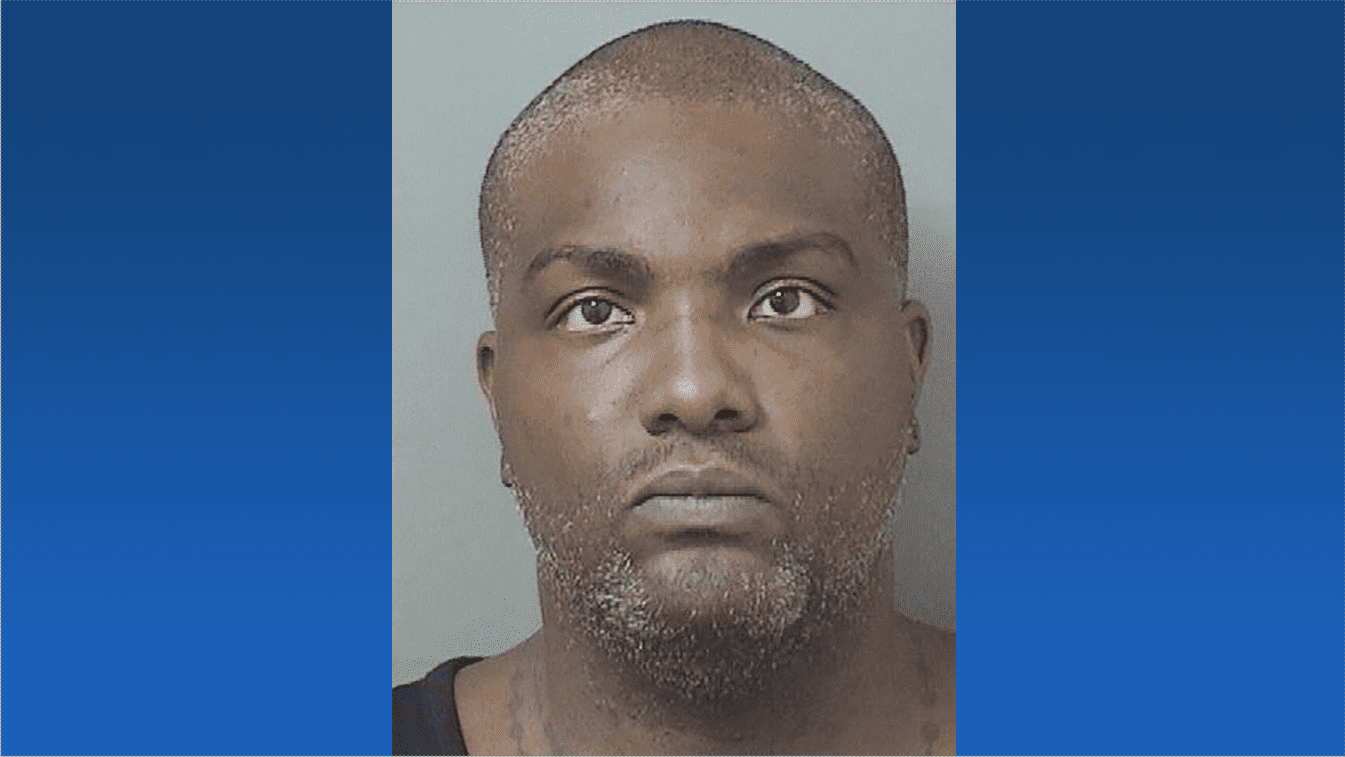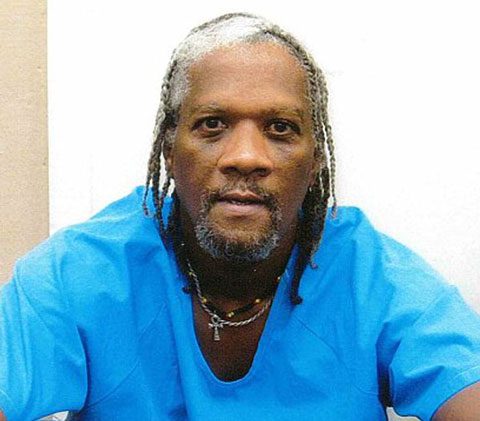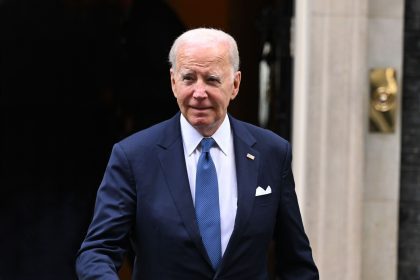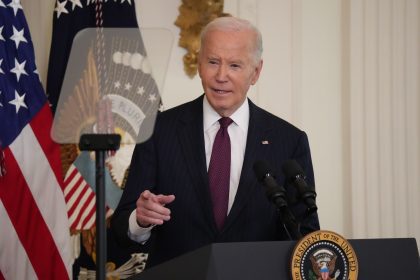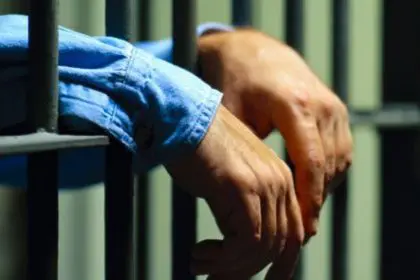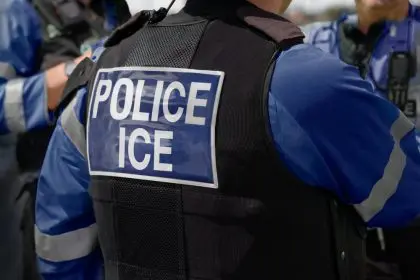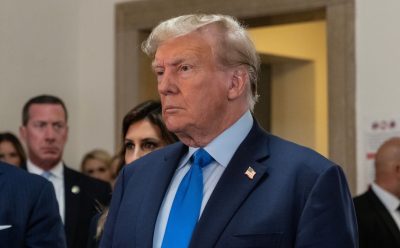
The name of cold-blooded racist killer Dylann Roof will go down in infamy. His mass shooting attack at Mother Emmanuel AME Church in Charleston, South Carolina shocked America and the world. Roof is a young White supremacist who methodically planned his actions and was vocal with his hate-filled message. The U.S. Justice Department, however, was struggling with how it was going to charge and prosecute Roof for his crimes. In July 2015, U.S. Attorney General Loretta Lynch announced hate crime charges for the killing of the nine Black parishioners on that fateful day. But the Justice Department struggled over asking for the federal death penalty. On Tuesday, Lynch ended that discussion and issued the following statement:
“Following the department’s rigorous review process to thoroughly consider all relevant factual and legal issues, I have determined that the Justice Department will seek the death penalty. The nature of the alleged crime and the resulting harm compelled this decision.”
The case of United States v. Dylann Roof has 38 federal indictments that charge Roof with nine murders, three attempted murders and multiple firearms offenses. The government contends that Roof singled out his victims “because of their race and in order to interfere with their exercise of their religion.” The last time a person was executed by the federal government was in 2003.
Also under review by the Justice Department is whether Roof should be charged with domestic terrorism for his actions. Investigations have revealed that Roof hoped to incite a race war with Charleston as ground zero. In the aftermath of the shooting, there were no violent protests in the city, which surprises some. However, there was a well publicized rash of suspicious church fires throughout the South. In addition, there were scattered episodes of violence surrounding the display of the Confederate flag at the state capitol. These protests often saw rival groups of Blacks and KKK sympathizers facing off with one another.


